Just past the Y-Junction of Hwys 243 & 74 there was a road maintenance of Hwy 74 repavement project I had to stop at and wait for the Pilot Truck to escort us past the road work ahead. However, in this view here, these tall trees were never touched. The fire I believe started just behind the Post Office if I remember correctly. But the fire did cross this road and burn underneath many of these trees. While the trees here didn't die, they did loose lower branches to intense heat and smoke.
It was crazy trying to take these shots as the little 1969 VW Bug I was driving was the only way I could take the photos. I was not allowed to stop like I wanted to for specific close ups. But both sides here were clearly burned off and in the background you can see both Jeffrey/Coulter Pines and Interior Live/Black Oaks did make a beautiful come back through the vigorous regrowth of the Chaparral Plant Community.
This is actually a very beautiful shot illustrating the parent trees that survived and the regeneration of trees which are actually triple what they were before. As you can see here, these taller trees lost their lower branches. The following week after this fire, I drove down there from Idyllwild on my way to the Desert and stopped to survey everything. The burnt lower branches at that time still hung onto the trees, but over time they have fallen off through the natural forces of self-pruning. It should also be revealed that not all tall trees made it completely. Many died and provided some important wildlife snags. I only wished I had taken photos back then, but never considered I'd be discussing these things at some future point of time.
 |
| Photo Mine |
This is a closer view of the parent trees with the younger far more numerous trees below them which regenerated without the usual Forest Service land clearance which supposes that Chaparral is the ever evil competition and will hinder young sapling growth. The truth of the matter is that the Chaparral is the deep rooted infrastructure by which these newer generation of trees succeed.
 |
| Photo Mine |
Now moving up the Hwy 74 closer to the Jct of Keen Camp Road where you can get a clearer picture of just how many these younger trees are and how big they've grown. They are more than triple the size of the Tree Planting Project up the road further south which were planted on cleared and plowed land nearer the Hwy 74 Keen Summit closer to Baldy Mountain. It was sad really, because I don't want any project up there to fail, but why Government Scientists and Experts refuse to replicate Nature and continue to employ conventional farming method thinking is beyond me. It seems nothing has changed in years. But things are going to have to change as seed banks are destroyed and harder to come by.
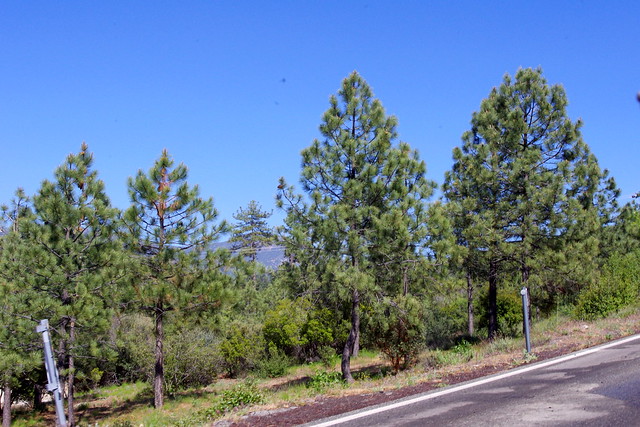 |
| Photo Mine |
This group of trees is just beyond the Keen Camp Road Jct. Almost immediately after the fire that following Spring, 100s and 100s of these trees sprouted up everywhere and of course so did the chaparral. I remember seeing what appeared to be the Chaparral plants overwhelming the area back then, but then only a few years later seeing the conical shaped tips of all those pines pushing their way through the Chaparral canopy. Now the trees here are dominant and it is the Chaparral that is yielding. Again, this is something the experts who demonize these plants never reveal as a fact of these mountain ecosystems. The fact is many of them never actually spend many amounts of time in the field themselves to test out their biased hypothesis. The so-called Scientific Method has taken on new meaning. You simply read it all in a book about what others did or accomplished years ago and then you fake the rest as you go along.
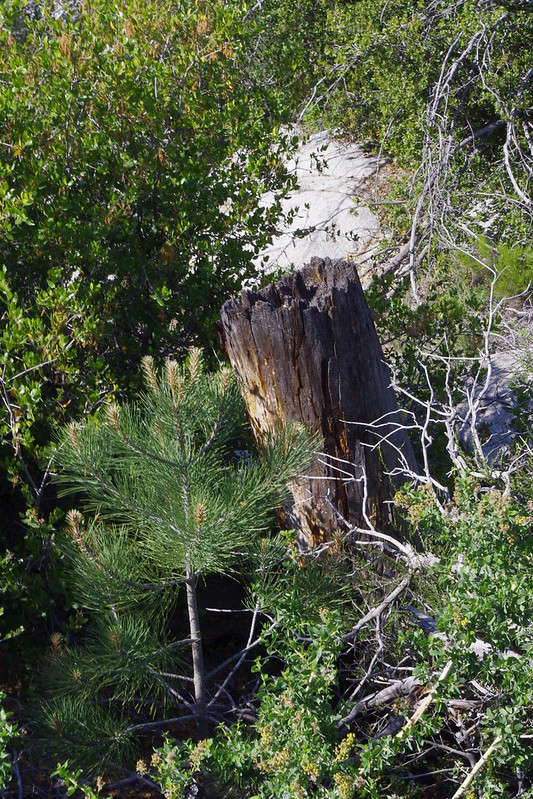 |
| Photo Mine |
Also, by way of going back and reminding you of the underground rooting structure of Chaparral plants which is incredibly extensive, this was well illustrated in the photos I took of the unnatural stream channel cut through the hill forcing the stream to move westward instead of it's natural course due North towards Hwy 74. These 10 to 15 foot deep cuts are still sheer walls of exposed soil and fractured rock layers, but they also revealed how deeply penetrating and tough the chaparral plant community rooting infrastructure truly is. Take another repeat look at the potential for support of most future forested woodlands which many of the text books will not or refuse to cover. These simple fundamental basics should be taught at early levels such as Vocational Agriculture in High School, let alone College and other Universities, but they are not. The big important question now is - Why Not ?
Again, look at the unnatural cut into the hillside in the top photo and the lack of any riparian woodland along these banks. If this were a true stream bed, these natural components would be present and long well established. But also notice the beautifully exposed very deep root systems of the surrounding Chaparral plants like Manzanita, Chamise and Redshanks. If there is anything good that can come out of this, then these revelations of root infrastructure are it. All of these structures, coupled with mycorrhizal interconnections, are prime mechanisms for hydraulic lift and redistribution of water during the drier summer months and no doubt perform the other fascinating phenomena of hydraulic descent, That is, the transporting winter rain surface water deep underground during winter months. When these major natural mechanisms are removed in conventional Forestry for bare root tree transplanting projects, you can understand why such projects down in Garner Valley often required regular summer watering with a Tractor pulling a Water Tank Wagon by the U.S. Forest Service. I know because I often saw them watering while commuting to work. Even then many of those trees still died.
Here is an interesting link to a historical Fire map of the San Jacinto Mountains. Click on the link and magnify it. It will show the Mountain Center Fire boundary very clearly in the 1980s shaded colour and also both the Baldy Mountain and Cahuilla Mountain fires which took place in the 1990s in it's own colour shade.
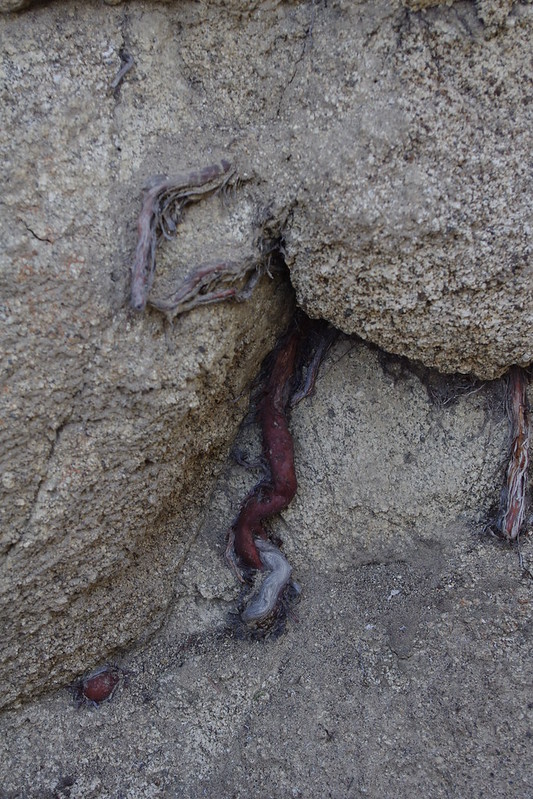 |
| Photos Mine |
Here is an interesting link to a historical Fire map of the San Jacinto Mountains. Click on the link and magnify it. It will show the Mountain Center Fire boundary very clearly in the 1980s shaded colour and also both the Baldy Mountain and Cahuilla Mountain fires which took place in the 1990s in it's own colour shade.
San Jacinto Mountain CWPP - Fire History
For Further Reading of Forest Establishment by Natural Mechanisms in Replication of Nature, see the posted article a couple weeks back:
Establishing a Forested Ecosystem Where This World's Intellectuals Tell You it Can't Be Done
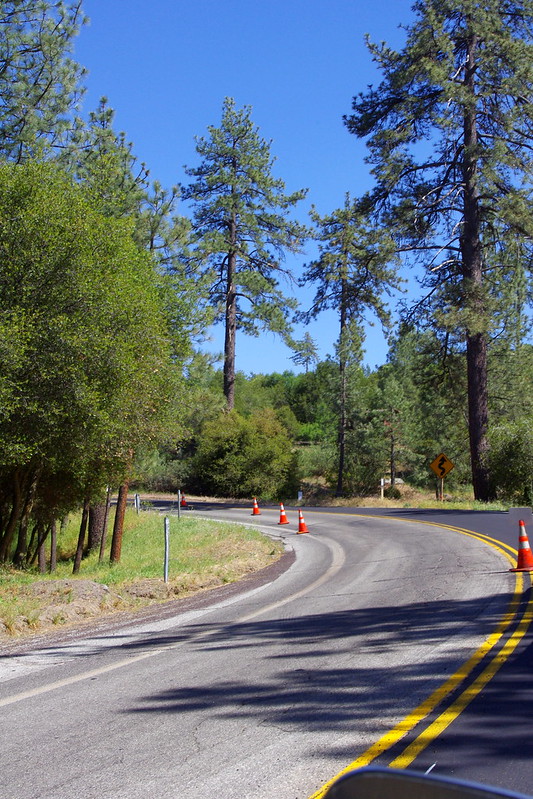

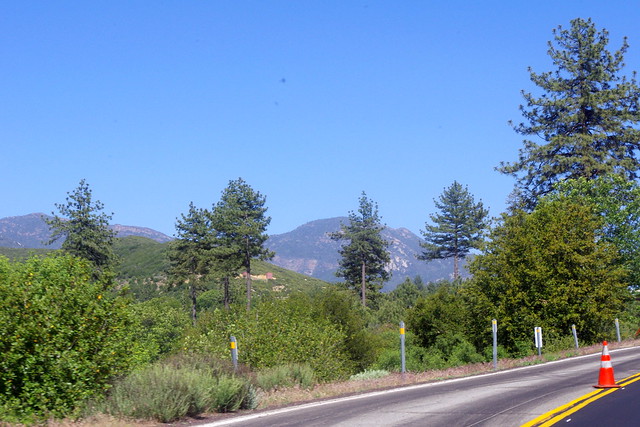
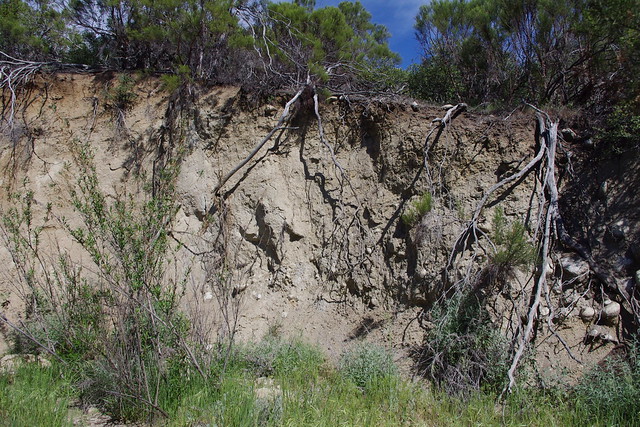
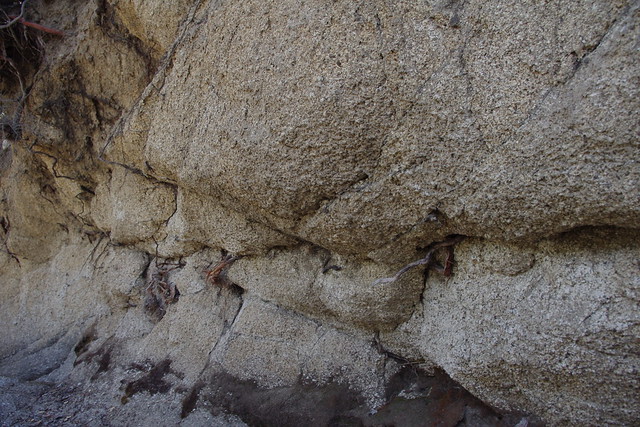
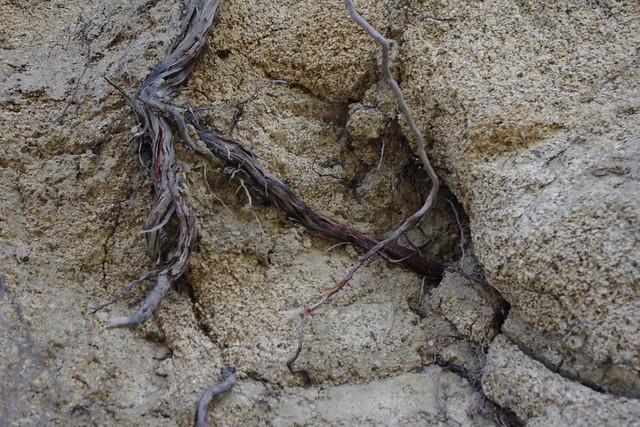
Very interesting, Thank you so much for the time and information. Drank it up.
ReplyDelete